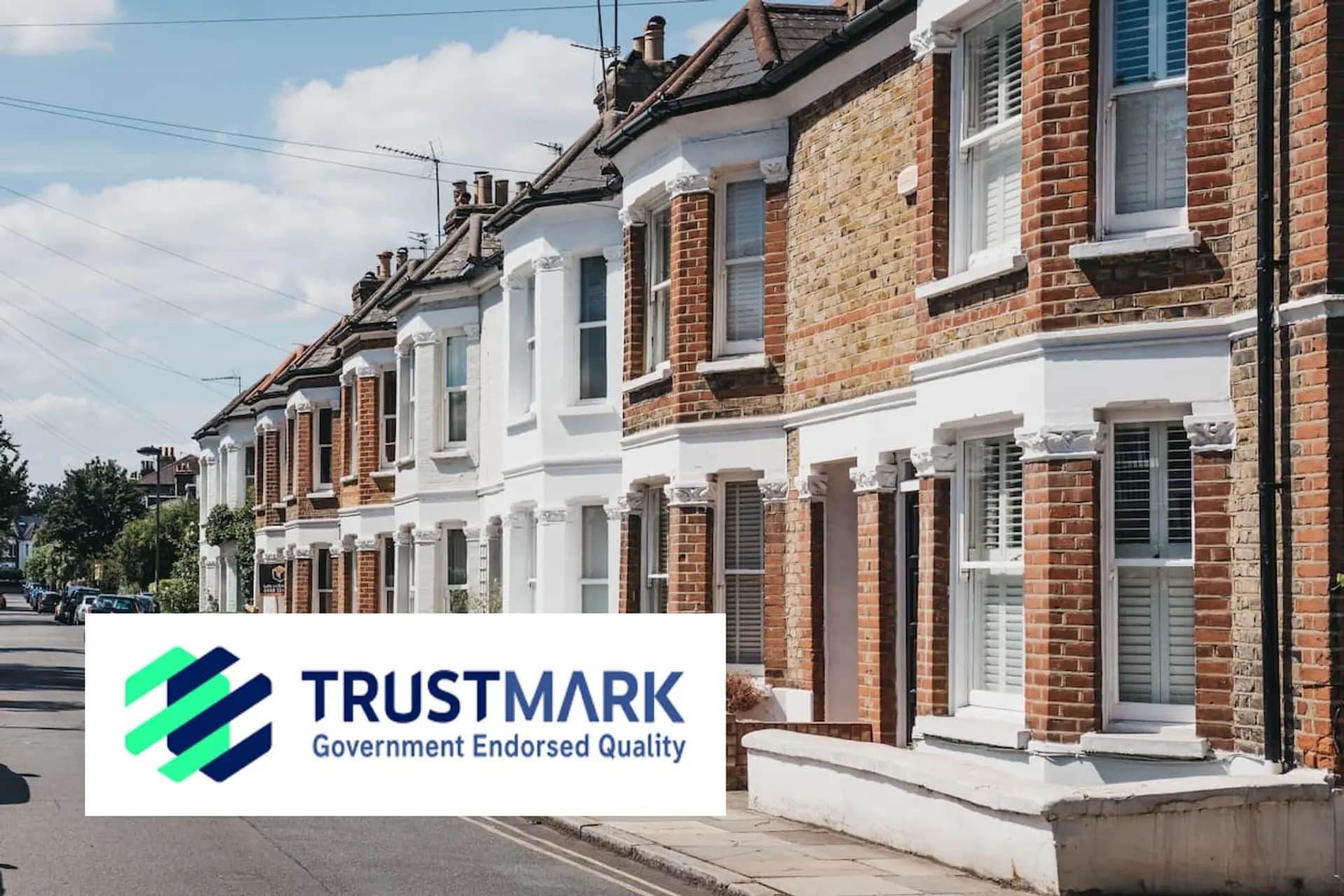6 Essential Rules Before Saying Yes to ECO4 Home Upgrades: Smarter, Greener Choices for UK Homeowners & Tenants
Thinking ECO4? Here’s What Every Eco-Conscious Homeowner & Tenant Should Check Before the Work Begins

Share this article
Don't keep this knowledge to yourself!
Audio Version Available
Listen to this article while you multitask
Six Rules to Follow Before Agreeing to ECO4 Work on Your Property
The Energy Company Obligation (ECO4) scheme is designed to support increased energy efficiency in UK homes, targeting carbon reduction and cost savings. However, engaging with ECO4 retrofits requires careful due diligence to ensure technical compliance, optimal results, and long-term asset protection.
This article outlines six essential rules to follow before approving any ECO4 work on your property, designed for professionals seeking actionable, evidence-based guidance. HouseWrapped and our network of installers all adhere to these rules as a matter of course.
1. Verify Installer Accreditation
Technical competence is non-negotiable. Only accredited installers can deliver compliant measures under ECO4. The mandated standards are PAS 2030:2019 and PAS 2035, both governed by the British Standards Institution (BSI). PAS 2030:2019 specifies the requirements for the installation of energy efficiency measures (EEMs), while PAS 2035 sets out the whole-house retrofit process.
Due diligence checklist:
Check that installers hold valid accreditation for the precise measures proposed (e.g., insulation, heat pumps).
Request evidence of active registration with TrustMark, the government-endorsed quality scheme.
Cross-verify credentials on the TrustMark directory (trustmark.org.uk).
Non-compliant installation can result in substandard work, ineligibility for ECO4 funding, and possible rectification costs.
2. Demand a Bespoke Improvement Plan after Retrofit Assessment
Central to ECO4 is the requirement for each property to undergo a Retrofit Assessment to evaluate the building’s energy performance, fabric integrity, ventilation, and occupancy factors. This typically involves:
A thorough SAP or RdSAP assessment (Standard Assessment Procedure).
Identification of suitable energy measures based on property archetype and resident needs.
Avoid generic solutions. Insist on a bespoke, written improvement plan that shows:
Specific measures recommended for your property, with estimated savings and anticipated carbon reduction.
A clear outline of potential risks, including condensation, overheating, or structural impacts.
A tailored approach ensures compliance with PAS 2035 and optimises both technical performance and cost-effectiveness.

3. Clarify Funding, Eligibility, and Contribution Requirements
ECO4 funding is primarily allocated for low-income and vulnerable households, with eligibility determined by a mix of income thresholds, benefit entitlement, and property performance data. Professional landlords, agents, and homeowners must verify:
Eligibility of occupants (evidence via relevant documentation).
Scope of works covered by ECO4—whether full or partial funding of measures is available.
Any required financial contribution from the property owner, as some works may not be wholly subsidised.
Secure a written confirmation of funding and terms. This reduces exposure to hidden costs and contractual ambiguity.
4. Scrutinise Technical Specifications and Product Warranties
Performance and longevity matter. Every measure—whether loft insulation, cavity wall infill, new heating systems, or solar PV—must not only meet the official Minimum Technical Standards but provide robust product warranties.
Key review points:
Confirm products/materials are certified under BBA, KIWA, or relevant UKAS-accredited bodies.
Request manufacturer warranty documentation and installer workmanship guarantees (TrustMark backs minimum two-year guarantees).
Specify maintenance and lifecycle implications, especially for active systems (e.g., heat pumps).
Inferior products and ambiguous guarantees expose you to risk of premature failure, invalid claims, and regulatory penalties. Maintain technical rigour in specification review.
5. Ensure Full Compliance with Planning and Building Regulations
ECO4 work must operate within statutory frameworks—including Building Regulations, Planning Permission (where required), and Local Authority restrictions. Key actions include:
Validate whether proposed measures trigger consent requirements (e.g. external insulation in conservation areas).
Confirm installer intent to notify Building Control, where relevant.
Request copies of all approvals/documentation pre-start.
Non-compliance can lead to enforcement action and compromised property value. This is especially relevant for listed buildings and properties in protected zones.
6. Demand Explicit Post-Works Documentation and Performance Evidence
Upon completion, you must secure definitive evidence that works meet both ECO4 and regulatory standards:
Obtain the post-installation EPC (Energy Performance Certificate) reflecting improvements.
Request photographic records and sign-off sheets to verify correct installation.
Secure certificates of compliance, warranty schedules, and retrofit handover documentation as per PAS 2035.
Insist upon a post-works review with the Retrofit Coordinator or Lead Professional, detailing technical outcomes and any required follow-up for optimisation or defect remediation. Retain all documentation for asset management and compliance audit purposes.
Conclusion
ECO4 offers genuine potential for reducing operational costs and carbon emissions in UK housing stock. However, optimal outcomes depend on informed, systematic decision-making and close adherence to technical standards. The six rules detailed above—covering accreditation, assessment, funding, specification, compliance, and documentation—will help discerning property owners and property managers mitigate risk and achieve high-performance, futureproofed assets.
Adopting a robust, evidence-driven approach not only ensures efficacy and regulatory alignment but protects long-term property value and occupant wellbeing. For further technical detail on accreditation or retrofit standards, reference BSI PAS 2030/2035 documentation and TrustMark regulatory guidance.